In the vast world of fruit-bearing trees and medicinal plants, few species are as culturally and ecologically significant to South America as the Peumo (Cryptocarya alba). Native to the Mediterranean-like woodlands of central Chile, this evergreen tree is cherished for its glossy red berries, aromatic leaves, and resilient hardwood. While not as globally famous as other fruits, Peumo is deeply woven into the history, landscape, and traditional medicine of Chile and its Indigenous communities.
As environmental conservation, native plant use, and functional foods gain attention worldwide, Peumo has piqued the interest of researchers, herbalists, and culinary enthusiasts. A natural question follows — which country is the largest producer of Peumo globally? The definitive and exclusive answer is Chile.
In this article, we’ll explore the origins, cultivation, cultural value, ecological role, and production landscape of Peumo, while detailing why Chile maintains a unique global monopoly on this remarkable species.
What is Peumo?
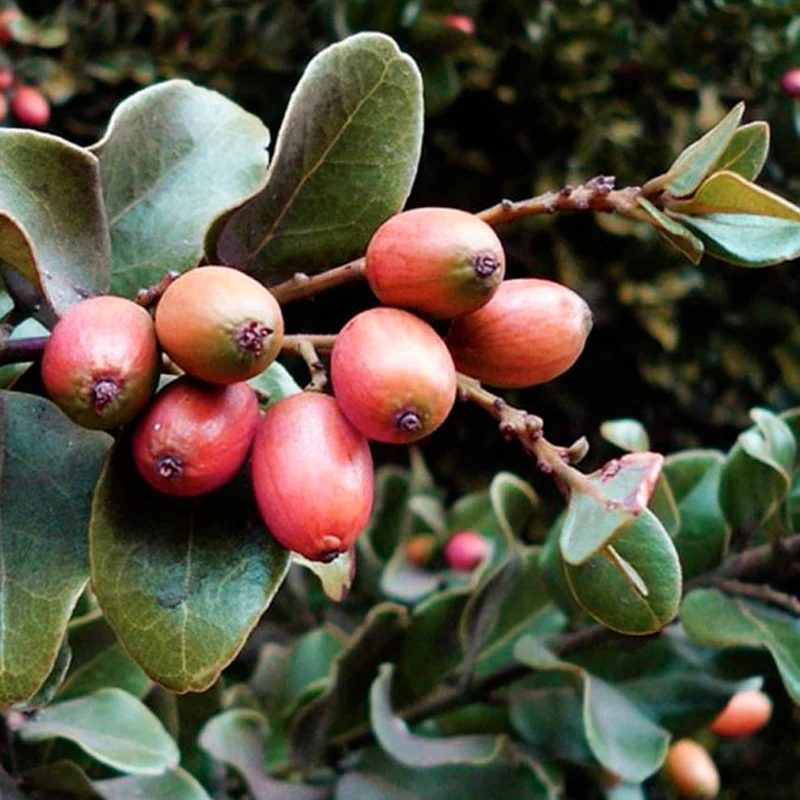
Peumo is a native evergreen tree belonging to the Lauraceae family, the same family as avocado and cinnamon. Scientifically classified as Cryptocarya alba, Peumo is endemic to Chile’s Mediterranean sclerophyllous forests, stretching from the Coquimbo Region in the north to the Biobío Region in the south (between latitudes 30° and 40° S). Small populations are also found in western Argentina near the Andes, though they don’t support commercial or widespread production.
The tree typically grows to 15–20 meters in height, featuring leathery, aromatic, dark green leaves and small, shiny red berries that ripen in late summer (January to March in Chile). These berries — the Peumo fruit — have traditionally been consumed by Indigenous communities and are used today in local cuisine, herbal remedies, and forest conservation efforts.
The Native Range and Exclusive Habitat
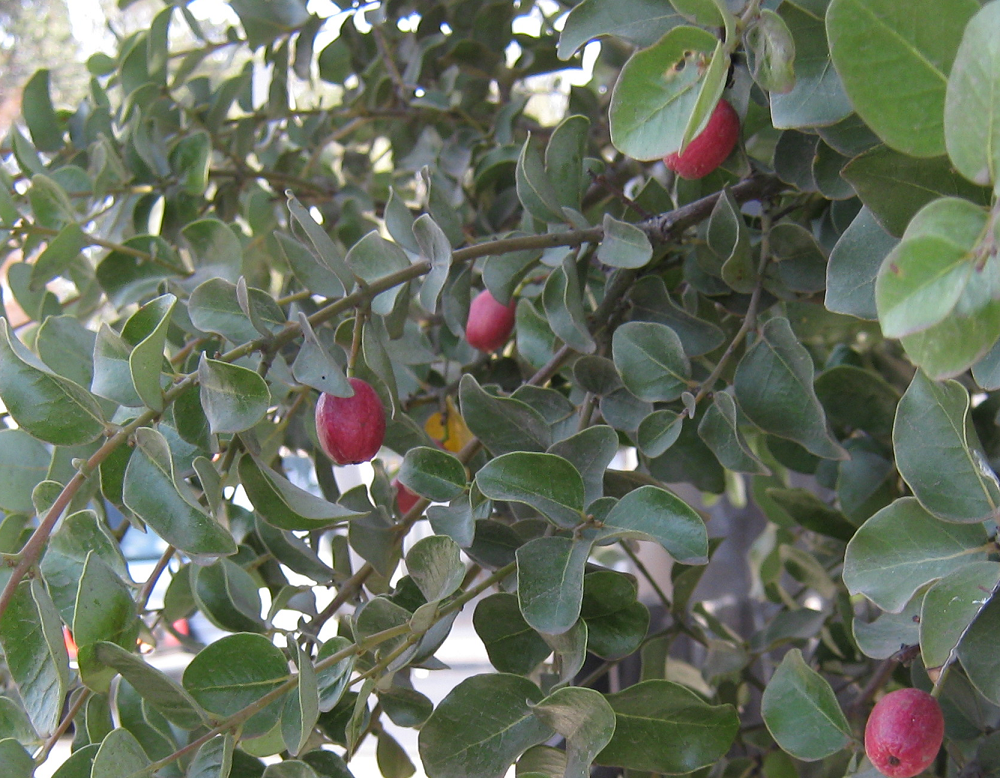
Peumo thrives in Mediterranean-type ecosystems, characterized by:
- Wet winters
- Hot, dry summers
- Moderate altitudes (200–900 meters above sea level)
Such conditions are rare globally, naturally occurring in only five regions worldwide: the Mediterranean Basin, California, parts of South Africa, southwestern Australia, and central Chile. Among these, Chile is the only region where Peumo naturally grows and is actively harvested. The tree flourishes particularly in:
- Metropolitan Santiago
- Valparaíso
- O’Higgins
- Maule
- Ñuble and Biobío Regions
Cultural and Traditional Importance
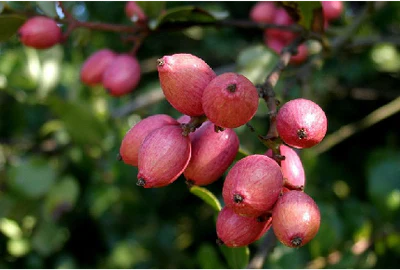
For Mapuche and other Indigenous Chilean communities, Peumo has held deep significance for centuries:
- Culinary: Peumo berries are traditionally eaten fresh, made into infusions, or fermented into traditional drinks.
- Medicinal: Leaves and bark are valued in folk medicine for treating respiratory ailments, digestive problems, fever, and joint pain.
- Spiritual: The Peumo tree is considered sacred in Mapuche culture, often associated with local myths, healing rituals, and forest guardianship.
This enduring connection has helped preserve the species and its traditional uses through generations, even as modern agriculture replaced many native plants.
Peumo Production in Chile: An Overview
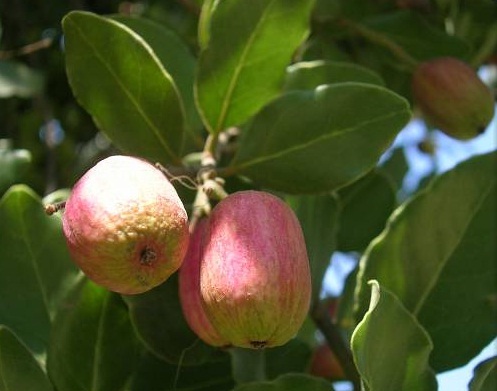
Harvesting and Usage
Unlike major fruit crops, Peumo is primarily harvested from wild forests and reforested areas. The berries ripen in January to March, collected manually by local communities or forest stewards. Most are consumed fresh, made into jams, or used in herbal teas.
The leaves, rich in essential oils and tannins, are harvested year-round for herbal remedies and natural infusions.
Production Volume
Quantifying Peumo harvest volumes is challenging due to its predominantly wild collection, but forestry surveys and ethnobotanical studies estimate:
- Annual harvests in Chile exceed 800–1,200 tonnes of berries.
- Leaves and bark are harvested for traditional medicine and herbal markets in lesser but valuable quantities.
Chile contributes over 95% of global Peumo fruit production, with remaining natural populations in Argentina being small, isolated, and non-commercially exploited.
Why Is Chile the Largest (and Only Significant) Producer?
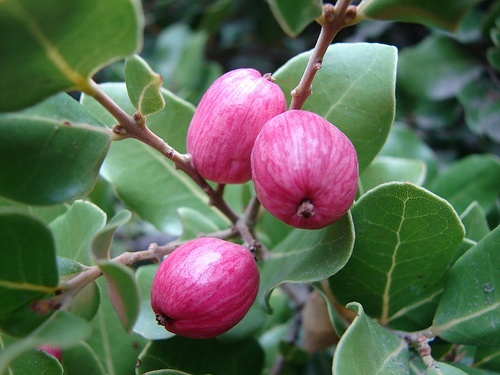
Several factors explain Chile’s dominance in Peumo production:
Native Habitat Exclusivity
Peumo is endemic to central Chile’s Mediterranean climate, an ecosystem type found nowhere else in the Southern Hemisphere. Its growth is highly sensitive to climate, rainfall patterns, and soil types that are difficult to replicate elsewhere.
Cultural Knowledge
Generations of Indigenous and rural Chilean communities have preserved Peumo’s traditional uses, making it a staple in herbal medicine and rural food systems. This knowledge has ensured continuous harvesting and protection of the species.
Conservation Policies
Peumo is now recognized as a key species within Chile’s Mediterranean sclerophyllous forests, which are among the most endangered ecosystems globally. Conservation plans promote sustainable harvesting, reforestation, and agroforestry integration of Peumo trees.
Absence of Commercial Plantations Abroad
While Peumo trees have been introduced as ornamental plants in California, Spain, and parts of South Africa, no country has developed commercial orchards or systematic harvesting operations comparable to Chile.
Nutritional and Medicinal Properties
Modern phytochemical research confirms what Indigenous healers long understood — Peumo offers notable health benefits:
- Rich in antioxidants (polyphenols, flavonoids, tannins)
- Contains essential oils with anti-inflammatory, antimicrobial, and antifungal activity
- Traditional uses include remedies for colds, coughs, indigestion, fever, and muscle aches
Studies have also found Peumo essential oil effective against bacteria and fungi, making it a potential natural preservative or bio-pesticide.
Culinary and Commercial Uses
Though still a niche product, Peumo is gaining attention in:
- Natural infusions and herbal teas
- Preserves, syrups, and liqueurs
- Functional foods and nutraceuticals
In Chilean cuisine, Peumo berries are valued for their mild, astringent flavor, which pairs well with meats, desserts, and wine reductions.
Market Potential and Future Outlook
Peumo’s future as a commercial product lies in its potential as a functional food and natural health product. Growing global demand for antioxidant-rich superfoods and natural remedies positions Peumo favorably, though export remains limited.
Key opportunities include:
- Dried berry products
- Herbal infusions
- Natural essential oils
- Biodiversity conservation-based eco-label products
With Chile’s focus on native species preservation, agroforestry, and niche market development, Peumo could become a recognized export in premium health and herbal product sectors.
Conclusion
To definitively answer the thesis question:
Chile is by far the largest Peumo producer globally.
Thanks to its exclusive native habitat, enduring Indigenous traditions, and conservation efforts, Chile accounts for virtually all the world’s Peumo harvest.
While limited populations exist in western Argentina, no other nation has achieved commercial production or significant harvesting of this fruit. As interest in functional native foods and herbal remedies continues to grow, Chile’s leadership in Peumo production is set to remain unchallenged.
Preserving and sustainably managing Peumo populations not only protects a culturally significant species but also offers opportunities for rural economic development, biodiversity conservation, and global recognition of Chilean native foods.

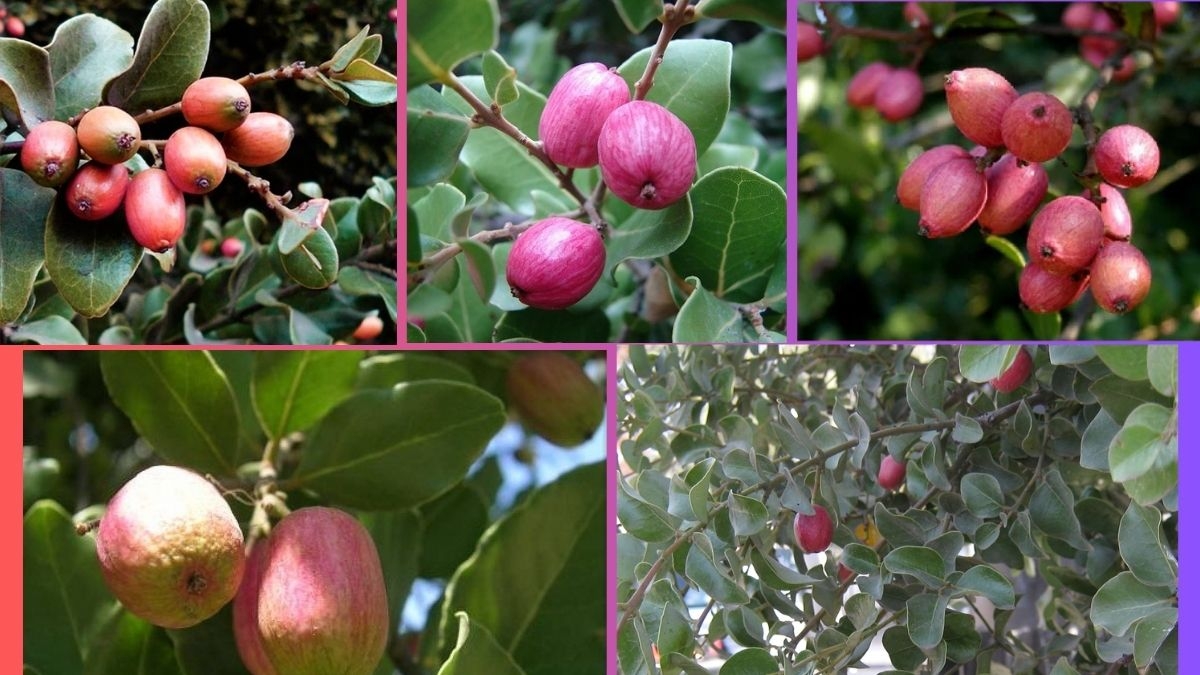



Leave A Comment